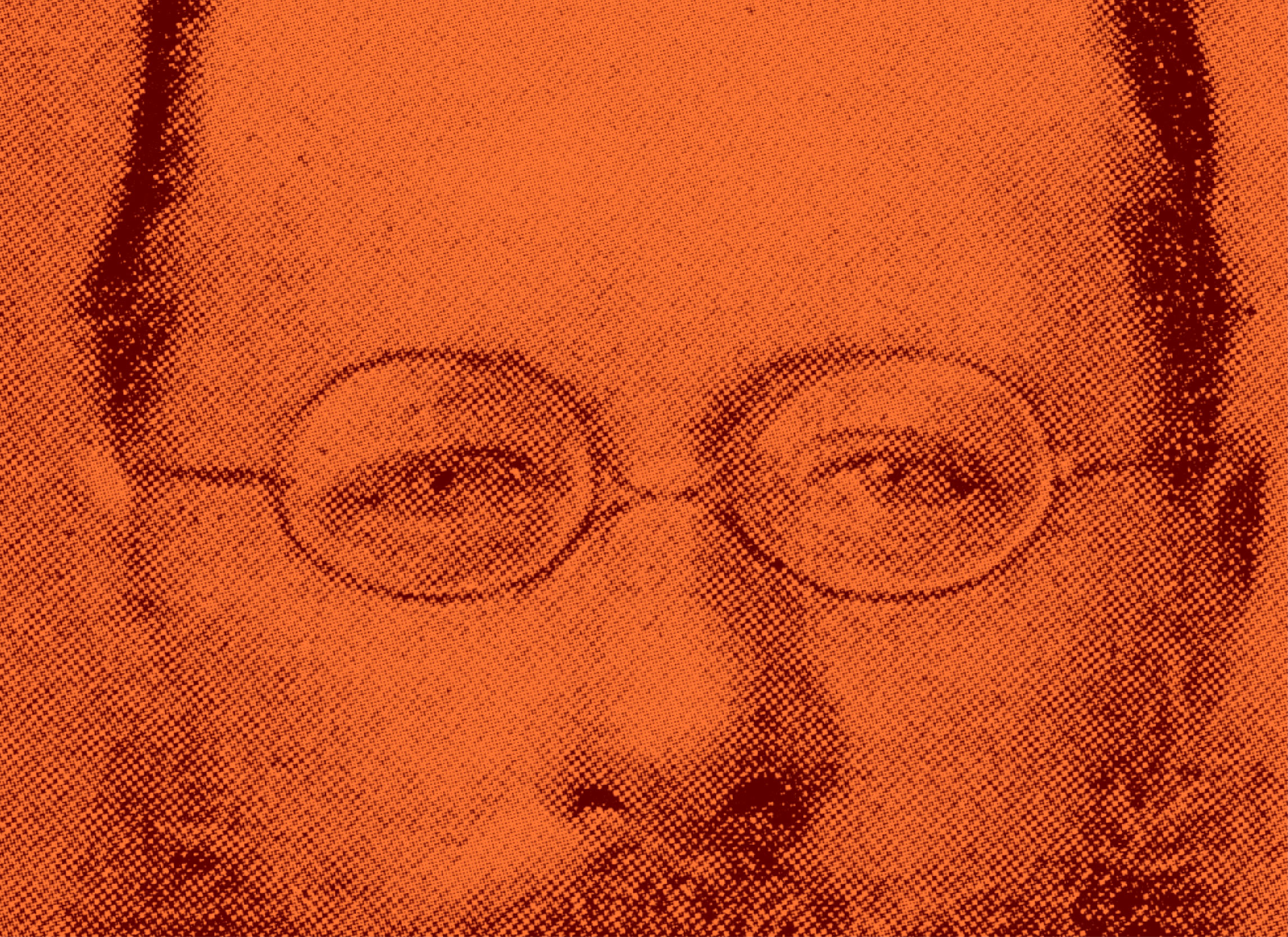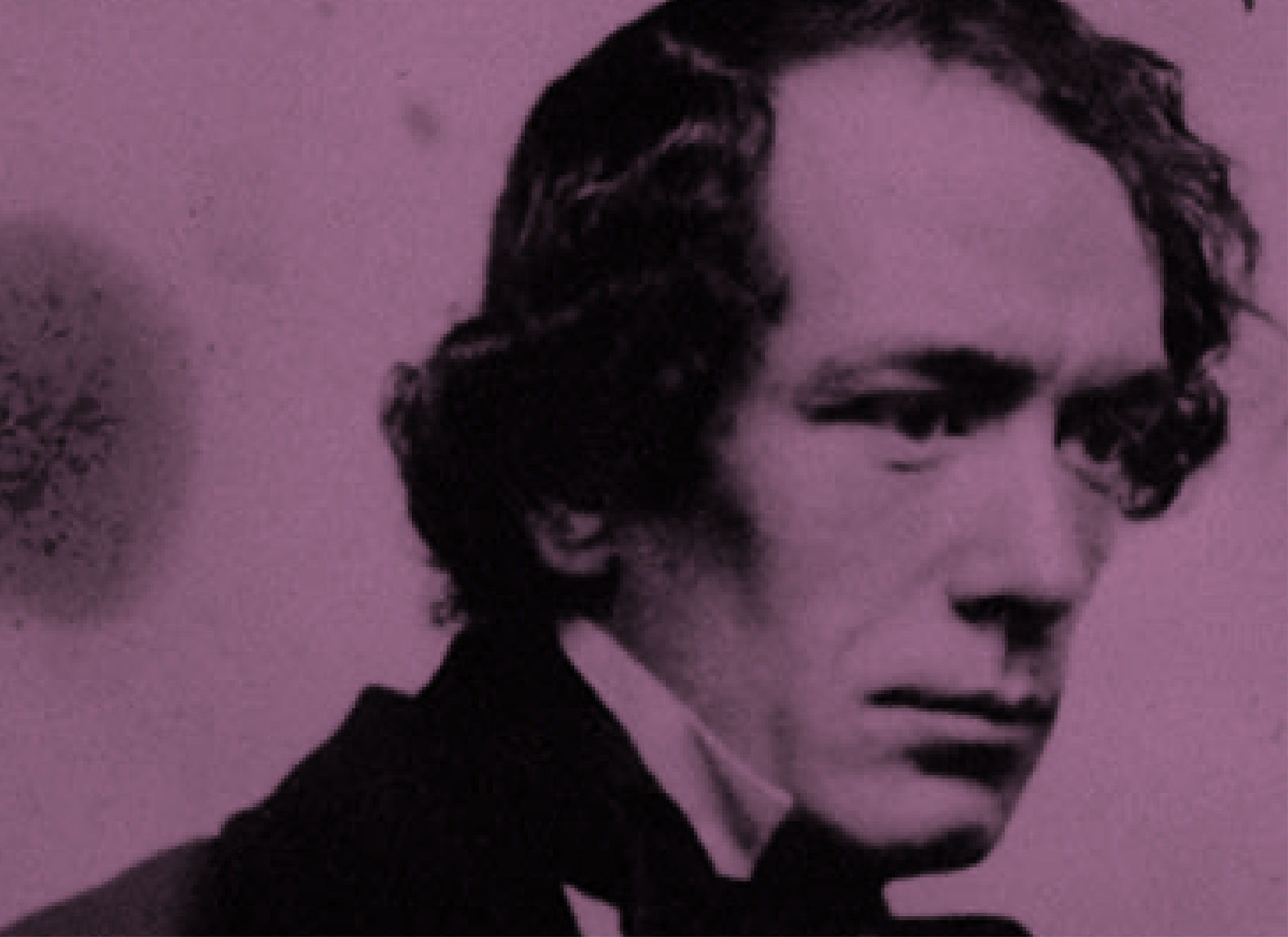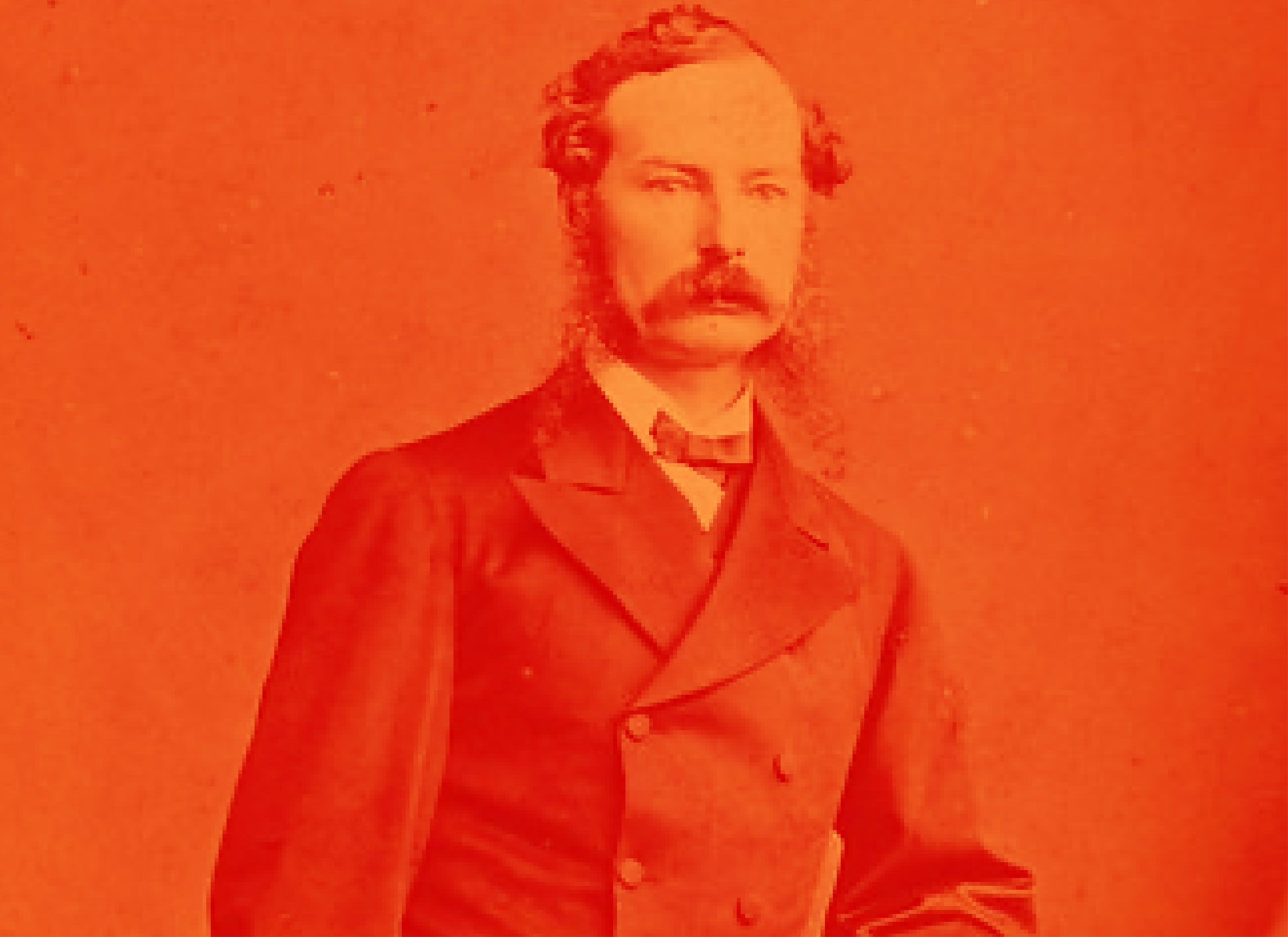Master of Nonsense
Edward Lear was far more than the father of Nonsense. He was a naturalist, a remarkable landscape painter, a nomadic writer, and an accomplished composer.
On May 12, 1812, Edward Lear was born in Highgate, England, a suburb of London, the last of twenty-one children and the youngest to survive. Lear’s ill health plagued him from a young age. He experienced frequent epileptic seizures, bronchitis, asthma, and bouts of depression he referred to as “The Morbids.”
At the age of fifteen, Lear began his career as an artist. His father, who was of Danish origin and a stockbroker, was sent to debtor’s prison when he was thirteen, forcing his sister to continue raising him. This caused the young Lear to earn a living for himself. Despite the challenging circumstances, Lear’s talent was quickly recognized. In 1832, he was hired by the London Zoological Society to create illustrations of birds. His illustrations were highly regarded, and he was favorably compared to Audubon. Around the same time, the Earl of Derby invited him to reside at his estate.
Lear’s connection with the 13th Earl of Derby led him to Knowsley, where he was commissioned to paint birds and mammals from the Earl’s private menagerie. During his time there, Lear’s relationship with the Earl became less formal, and he entertained the Earl’s children. This was where Lear created the first few rhymes and illustrations to entertain the Earl’s children, which would be published in A Book of Nonsense years later.
When Lear reached age twenty-five in 1837, his health began to deteriorate. The harsh English winters became unbearable for him due to his chronic asthma and bronchitis, making it difficult to withstand damp weather. So Lear moved to Rome, where funding and introductions from the Earl helped him establish himself as a landscape painter. In addition to his respiratory issues, Lear’s eyesight began deteriorating, forcing him to shift from drawing birds to landscapes.
In 1846, when Lear finally shared his silly side with the world, it resulted in the immediate and resounding success of the published volume, A Book of Nonsense. He dedicated this first collection of rhymes to the Earl’s great-grandchildren, grand-nephews, and grand-nieces. The book’s verse focused on oddballs and outsiders. For any child brought up with strict Victorian morality that was common for the time, the disobedience of these poems must have been very refreshing.
The success of A Book of Nonsense prompted him to create more follow-ups throughout his lifetime, including Nonsense Botany, where Lear poked fun at his scientific interests, and “The Owl and the Pussycat,” as well as for creating the form and rhythm of the modern limerick. Lear didn’t limit his Nonsense to writing, as he sometimes introduced himself as “Mr. Abebike Kra-toponoko Prizzihalo Kattefello Ablegorabalus Able-borinto Phashyph.”
A Whole Bunch of Nonsense
In the early 19th century, most children’s books were small, with limited and straightforward illustrations. However, Edward Lear’s Book of Nonsense’s unique rhymes and layout stood out. Lear designed, drew, and arranged the drawings and text, giving him greater control over their relationship. With his bold and free use of lines, the active pictures dominated the text, adding a sense of surprise and celebration of physical energy in characters immune to corporeal shame. Lear’s first limericks were created as comedic performances in real-time, and this sense of shock is retained in the Book of Nonsense.
In a period when literature for children was almost inevitably associated with learning and moral sentiment, A Book of Nonsense was a groundbreaking piece of literature that went against the times and contained no obvious moral lessons. If sense is to be gained from Nonsense, Lear’s limericks suggest that people usually do what they want, and their desires are often contradictory. These poems and illustrations celebrate dissent, abnormality, and a disregard for surviving hierarchies. But it is important to note that Lear’s limericks do not aim to convey moral consequences or spiritual teachings like many books aimed at children before.
During his travels, Lear created limericks and drawings for the children of his friends he met along the way. He later collected these rhymes and published them in new editions of Book of Nonsense. Four editions were published during Lear’s lifetime, with additional limericks and Nonsense added in each one. His Book of Nonsense series revolutionized children’s literature and made him a household name. Before Lear, most children’s books aimed to teach good behavior, but Lear just wanted to amuse and make children laugh.
A Nomadic Life
From the age of twenty-five, when he left England, Lear embarked on a lifelong travel journey. He explored many parts of Europe and ventured to Egypt, Palestine, Ceylon, and India. He created wash drawings in his unique style while on these trips, which he later transformed into oil and watercolor paintings in his studio. Additionally, Lear was a skilled composer who provided musical accompaniment for various Romantic and Victorian poems and created the only musical settings for Tennyson’s poems that Tennyson himself approved.
Despite his perpetual travel and lack of time in his home country, Lear managed to stay connected with his close friends and family in England by writing daily letters. Finally, in 1871, Lear ended his travels and settled in San Remo, Italy. His first home, Villa Emily, had to be abandoned due to a new hotel blocking his view. Lear then built Villa Tennyson in a new location overlooking the Mediterranean.
Lear continued to paint seriously throughout his life, producing large quantities of colored wash drawings in his distinctive style. He lived a mostly nomadic life and traveled to Greece, Egypt, India, and Ceylon, where he created many works of art. Lear’s landscape style often showed views with strong sunlight and intense contrasts of color.
Lear’s journals about his travels were published as The Illustrated Travels of a Landscape Painter. Although popular and respected during his lifetime, his travel books have been largely neglected in the 20th century. His fame and fortune during his lifetime mainly came from his Book of Nonsense series. Lear’s reputation as a landscape painter was not realized until the 1920s when watercolors from his friends' estates appeared for sale. Since then, his posthumous reputation as a painter has heightened. Lear’s landscape style often showed views with strong sunlight and intense contrasts of color.
Despite being a talented painter, Edward Lear truly belonged to the world of children. W. H. Auden described how children flocked to him, making him a beloved figure. His five books of Nonsense, as defined by Mr. Levi, secured Lear’s place in literature. Although he craved love, he found it in his readers, who have continued to appreciate his work.
The End of a Varied Life
Although he proposed to the same woman twice, who was 46 years younger, his proposals were rejected, and he never got married. Instead, Lear relied on a circle of friends and correspondents for companionship. His Albanian Suliot chef, Giorgis, was a faithful friend, but Lear said he could have been a better chef. Later in life, Lear’s trusted companion in Sanremo was his cat, Foss, who was laid to rest with a ceremony in the garden of Villa Tennyson after passing away in 1886. Lear’s health declined significantly, and he eventually passed away due to heart disease in 1888 at Villa Tennyson. Unfortunately, none of his many lifelong friends could attend his funeral, as reported by Dr. Hassall’s wife, Lear’s physician, making it a lonely affair.
New Yorker: The Sense Beneath Edward Lears Nonsense
The Guardian: How Edward Lears Artistic Genius led to the Owl and the Pussycat
Lear’s Work
Thank you,
Caleb




